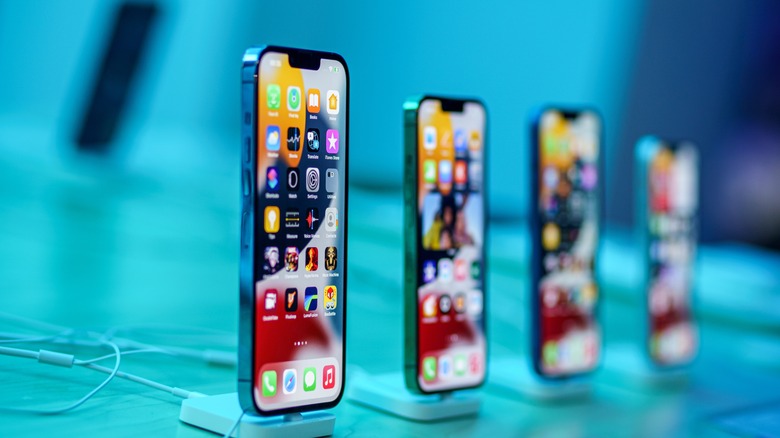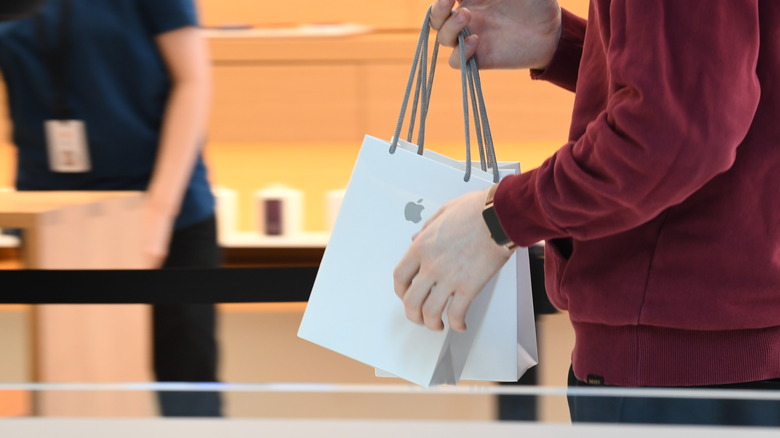Will You Skip iPhone 14 If These Price Predictions Are Accurate?
In less than a week's time, Apple is set to refresh its iPhone lineup for 2022-23. Rumors from traditionally-trustworthy sources point to four new iPhone 14 models at the event — including a vanilla iPhone 14, an iPhone 14 Max with a larger display, an iPhone 14 Pro, and a top-end model called the iPhone 14 Pro Max. As with the past few iPhone events, the iPhone 14 refresh is largely expected to bring a mixture of incremental upgrades over the outgoing models sprinkled with some headline features.
Potentially different, though, is how much those features may cost you. For the last few launches, Apple has stuck to a tried-and-tested price strategy. For the iPhone 14 series, though, there is a very good chance that Apple may end up bucking that trend.
Noted analyst Ming-Chi Kuo was the first person to discuss the possibility of Apple hiking prices for the iPhone 14 series, blaming the potential price hike on the increased component costs of several camera parts. In particular, Kuo pointed to the new, much higher resolution sensor tipped for the rumored iPhone 14 Pro camera upgrade. Two days after Kuo made the prediction, noted analytics firm TrendForce published a report making similar claims. Going further than Kuo, however, TrendForce broke down the reasons for a more costly iPhone into several areas.
How expensive will the iPhone 14 be?
According to TrendForce, potential iPhone 14 buyers should — on average — expect a price hike of $50-100 in the U.S., depending on which configuration of device they opt for. In the case of the iPhone 14 Pro, that's tipped to retail from $1,049-$1,099, as compared to the $999 iPhone 13 Pro. Similarly, the iPhone 14 Pro Max could be priced from anywhere between $1,149 and $1,199, compared to $1099 for the iPhone 13 Pro Max. While the iPhone 13 mini is not expected to have a direct replacement with the same, smaller screen size, TrendForce estimate the iPhone 14 that replaces it as the entry point to the 2022 range will come in at $749-$799.
As for why those numbers are higher this year, TrendForce cites a number of potentially interesting upgrades. The move to a new processor, expected to be branded the Apple A16 Bionic, in the Pro-series of phones is one reason, along with a bump in the amount of RAM (said to be 6GB LPDDR5). Apple is also expected to make positive changes to how Face ID functions on the iPhone 14. Coupled with the rumored upgrades to the ultra-wide camera, a price hike of $100 for the higher tier variants may start to look reasonable for some upgraders.
All the same, despite suggestions from Ming-Chi Kuo and TrendForce, Apple is likely to take a final decision on any price hike with the utmost caution, given the current state of the global economy. With several countries reeling under high inflation and sluggish economic growth, a more expensive iPhone 14 could prove too much for some shoppers to stomach, even if it's a strategy that has worked for Apple before.

